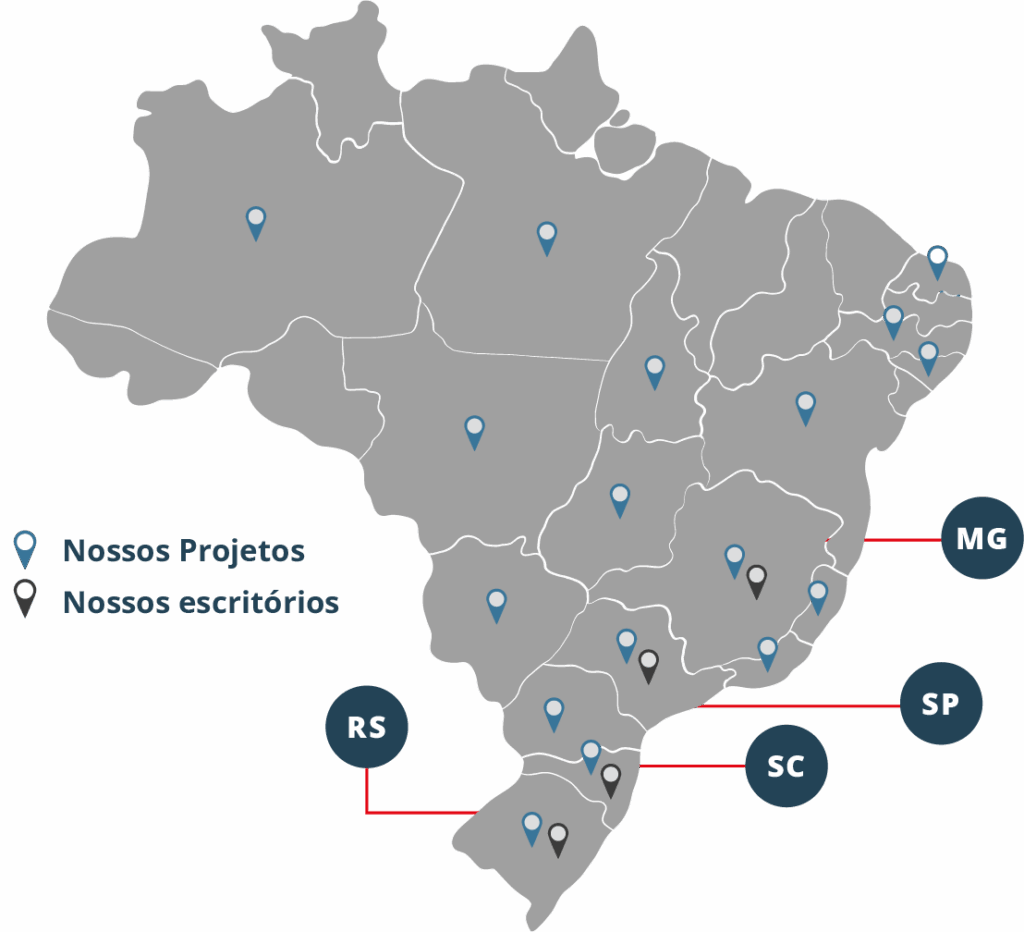Climatic and social events that abruptly altered the dynamics of urban expansion and development.
Rio de Janeiro – Emergence of Favelas
As Brazil approached the Independence era, President Rodrigues Alves and Mayor Pereira Passos sought to modernize the capital and transform it into the “New Paris.” At the time, downtown Rio was filled with tenements—large, old houses sheltering numerous low-income families. These were to be demolished to make way for the urban reform. The evicted population was forced to seek refuge in more remote suburbs, initiating the process of favelization in Rio de Janeiro.
Chernobyl – Nuclear Plant Explosion
In 1986, reactor no. 4 at the Chernobyl Nuclear Power Plant in Ukraine exploded during a test. It released roughly 400 times more radiation than the Hiroshima bombing. In response, local authorities established the so-called “Exclusion Zone” to isolate and contain the damage. Some areas had to be abandoned for hundreds of years, and in others, limited human presence may still occur.
Chicago – Fire
In October 1871, the city of Chicago burned for nearly two days. Many homes and buildings were destroyed, and many lives were lost. While the exact cause is unknown, the disaster was not isolated. A disorganized urban area full of wooden structures, few fire-fighting tools, and a three-week drought made the fire inevitable. The city was quickly rebuilt: within a week, about 6,000 temporary structures were erected to shelter the homeless. New building codes were implemented, requiring the use of brick and metal and banning wood in the commercial district. These changes shaped Chicago’s architecture, making it a global reference.
Berlin – Division by the Wall
In 1961, Berlin was divided into East and West with the construction of the Berlin Wall, aimed at preventing population emigration. The story stems from the geopolitical rivalry between the USA and the Soviet Union. The wall stretched about 155 km, crossed 24 km of rivers and 30 km of forests. It interrupted eight urban train lines, four metro lines, and cut off 193 streets and avenues. It was guarded with alarmed fences, electric barriers, barbed wire, watchdogs, and heavily armed soldiers—who were ordered to shoot anyone attempting to cross. Thousands of families saw their lives forever changed.
Netherlands – Flooding
In response to the devastating 1953 flood that killed over 1,800 people, the Dutch government imposed strict regulations for dam construction. The Netherlands fights flooding in three ways: adding sand to raise dunes and beaches, widening rivers to prevent overflow, and maintaining a network of 17,600 km of dikes. The country invested heavily in flood control, becoming world leaders in flood safety. Today, the Dutch export their expertise globally, turning prevention into business.


